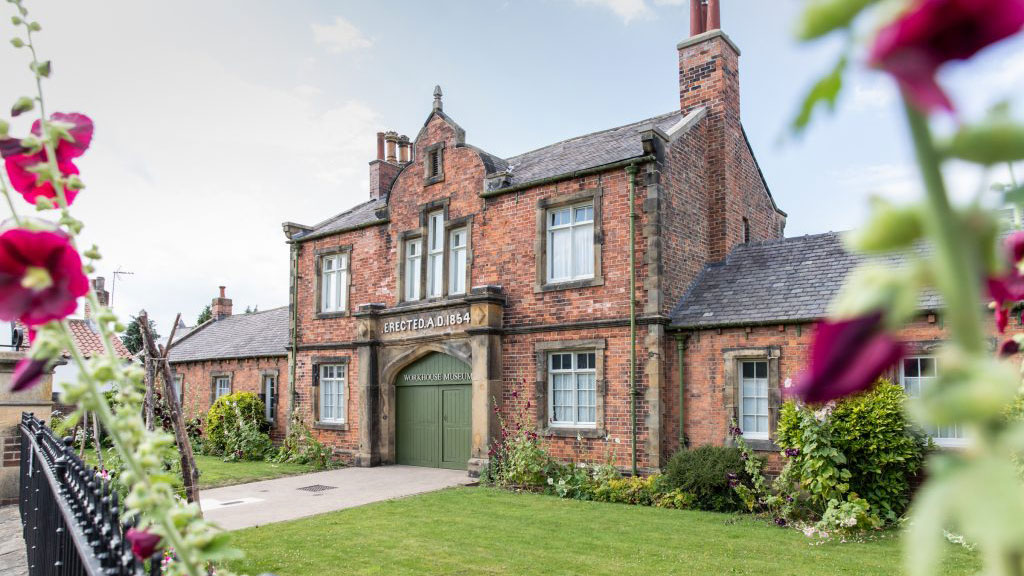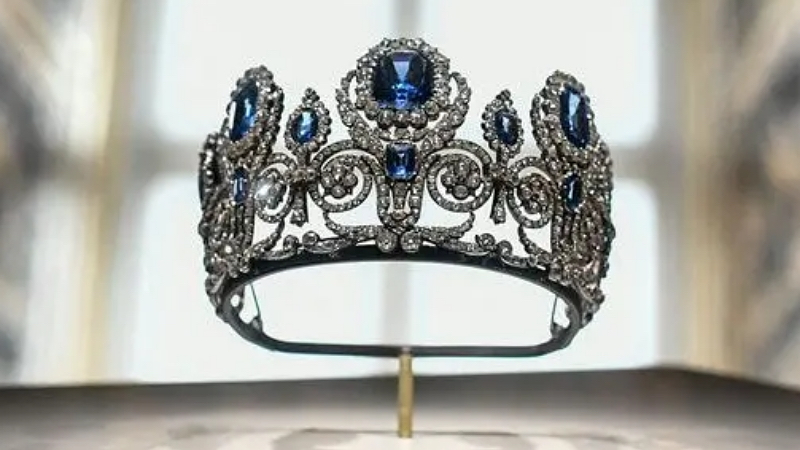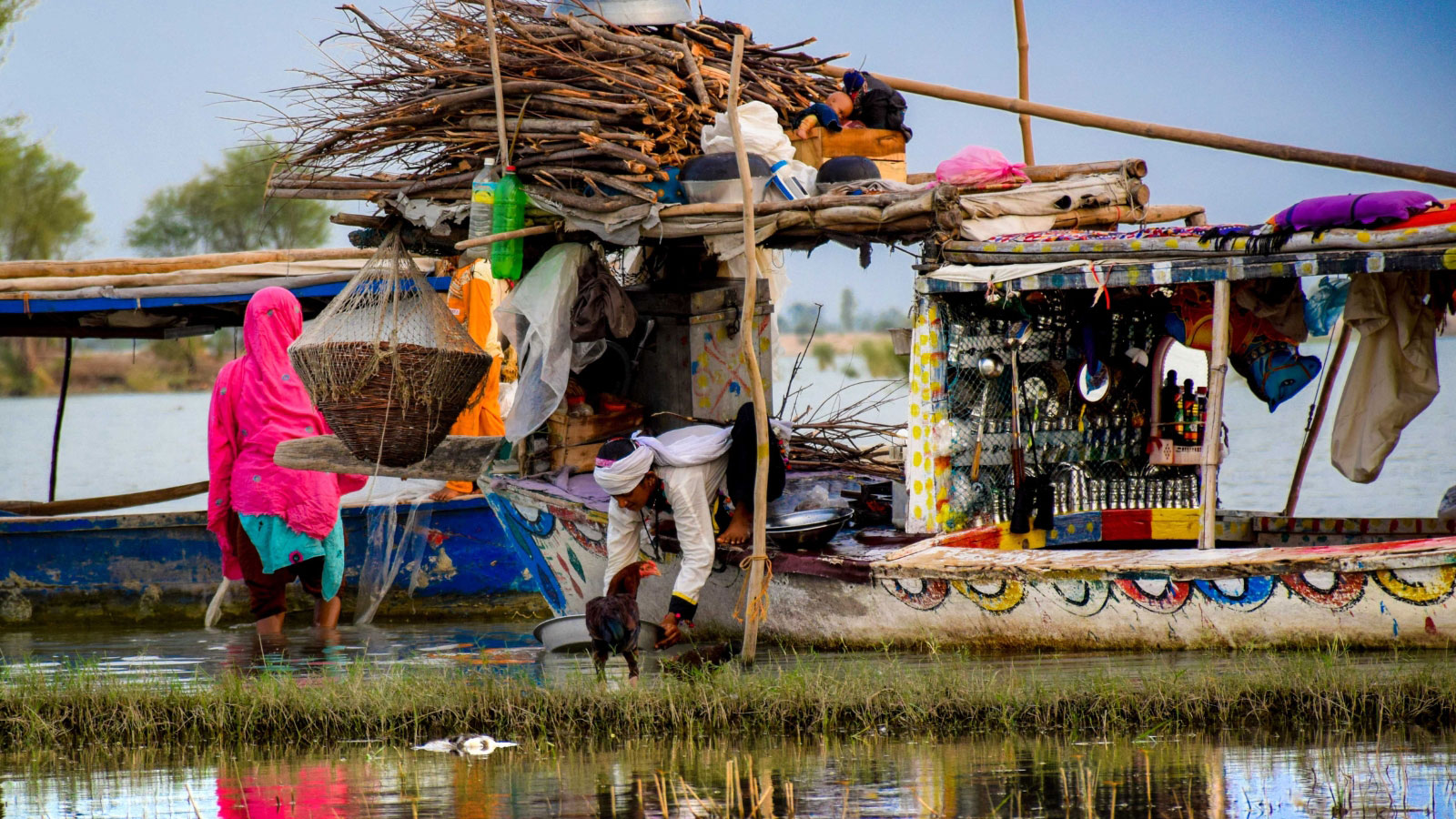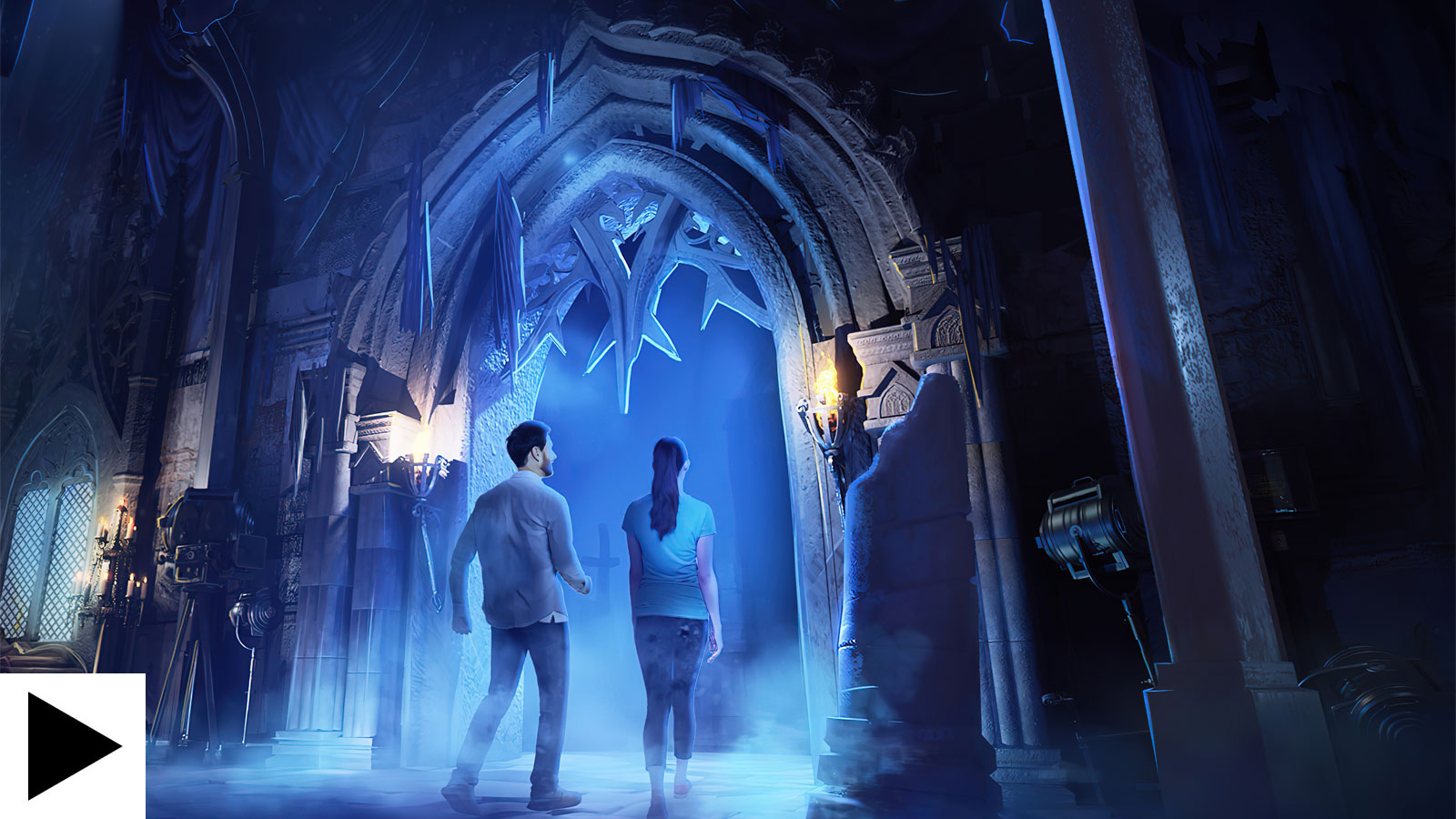|
The National Lottery Heritage Fund has awarded 15 UK heritage projects a share of £30m in funding, with London’s Crystal Palace Park and North Yorkshire’s Ripon Museum among recipients

Lauren Heath-Jones | Planet Attractions | 17 Oct 2024

 Ripon Museum has been gifted £2.6m to carry out essential repairs on its Victorian workhouse building (pictured) Credit: Ripon Museums Ripon Museum has been gifted £2.6m to carry out essential repairs on its Victorian workhouse building (pictured) Credit: Ripon Museums
The National Lottery Heritage Fund has awarded more than £30m (US$39m, €36m) in funding to fifteen heritage projects across the UK ahead of its thirtieth anniversary in November.
Recipients include London’s Crystal Palace Park, which has received £4.7m (US$6.11m, €5.62m) to refurbish its iconic dinosaur sculptures and revitalise its green spaces, and the Tilbury Riverside Station in Essex. The historic port, which docked the HMT Empire Windrush in 1948, has been gifted £4.5m (US$5.8m, €5.3m) to establish a community hub, including artists’ studios and a café, to transform the town into a cultural destination and boost the local economy.
Meanwhile, the Tullie House Museum in Carlisle has received more than £4.4m (US$5.72m, €5.26m) for ‘Project Tullie: Breaking Down Barriers’, a redevelopment programme that will see the museum transformed into an innovative and sustainable cultural hub over the next 10-15 years.
Ripon Museums in North Yorkshire, which comprises a Georgian prison and Victorian workhouse, has been awarded almost £2.6m (US$3.38m, €3.1m) for essential repairs to be carried out on the workhouse building. The remaining funds will be used to improve the management of its collection of more than 8,700 items.
Watford’s Museum and Heritage Service has received almost £2.5m (US$3.25m, €3m) to support the relocation of Watford Museum from its current location in Watford town centre in Hertfordshire to the newly refurbished Grade II-listed Town Hall in order to better meet the needs of the local community and engage new audiences.
In addition, The Nerve Centre, a creative media arts centre and social economy enterprise in Belfast, Northern Ireland, has received more than £255,000 (US$330,000, €305,000) for its heritage engagement project; Power Plants.
Helmed by artist Oliver Jeffers, Power Plants will explore biodiversity loss in the UK and Ireland over the past 70 years, as well as how society uses power to protect and repair natural heritage. The grant will allow for volunteering opportunities and work placements, as well as heritage workshops for schools, community and public events, exhibitions and a Minecraft World, designed to help young people upskill.
According to The National Lottery Heritage Fund, the 15 projects will not only benefit the heritage sites but their surrounding communities with the combined initiatives creating almost 90 job opportunities and more than 600 volunteer roles.
The funding will also have a positive impact on the environment, with100,000 trees expected to be planted in the coming years, as well as the redevelopment of more than 1,000,000sq m (10,763,910sq ft) of land.
“These wonderful projects demonstrate the astonishing breadth of heritage that people value and want to pass onto future generations,” said Heritage Fund chief executive Eilish McGuinness.
“Thanks to money raised by National Lottery players over the last 30 years, we have worked with those who care for heritage and helped transform the UK’s heritage landscape, contributing to communities and the economy.
“Our funding benefits all parts of the heritage ecosystem, including visitors, volunteers and the communities which surround it, and I cannot wait to see what the future brings as we work to deliver our vision for heritage to be valued, cared for and sustained for everyone, now and in the future.”
The Heritage Fund has provided £8.6bn (US$11.18bn, €10.29bn) in funding to almost 50,000 UK projects since its launch on November 19, 1994, with this latest round of funding forming part of a wider plan to invest a further £3.6bn (US$4.68bn, €4.31m) in the sector over the coming decade.
Heritage
|
|






Supplier Showcase 2025: The biggest attractions projects landing worldwide this year
|